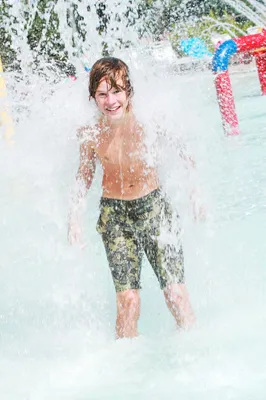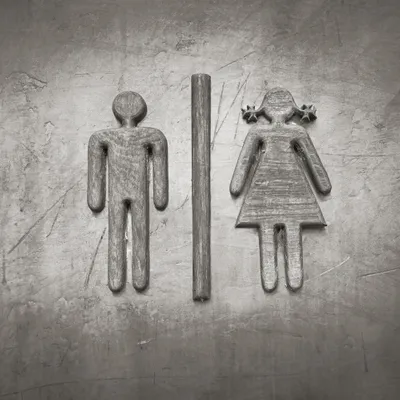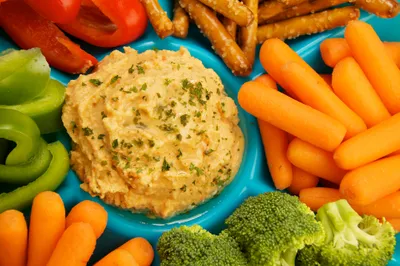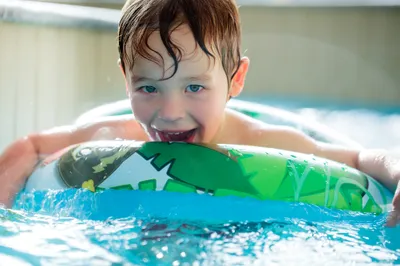The hot hazy days of summer are here and parents and kids alike are looking for ways to cool off. If you’re lucky enough to have a backyard pool or even a garden hose and sprinkler, you don’t have to venture far, but for others, a local splash pad is a great destination to have fun and cool off.
As with any activity involving water, caution must always be considered. Toddlers and young children love the opportunity to splash and paly, but as a parent, it’s your responsibility to ensure they know the rules and you diligently watch them. Here are seven tips to keep your kids safe at the splash pad this summer…
1. Pick a Good Splash Pad
Most communities offer several splash pads and wading pools—especially in a family friendly neighborhood. In fact, splash pads are often located beside a playground, trails, and other attractions for the family to enjoy. A quick search online of your local splash pads will provide numerous results in your area.
Word-of-mouth is also a great way to find a great summer destination. And if you have friends, making a playdate at the splash park will give you an opportunity to catch up with friends while your kids play.
2. Encourage Sanitary Habits
If your children are not potty trained, be sure to pack swim diapers. Regular diapers won’t be much good once they get soaked and it’s not sanitary to allow a young child who isn’t potty trained to roam free in the wading pool. Swim diapers are designed to contain any contents and they don’t swell like normal diapers.
For children who are potty trained, remind them that having an accident at the splash pad is frowned upon. Before you let them go play, take them to the washroom. If you’re spending the afternoon at the splash pad, frequent pee breaks throughout your stay will keep the water clean and the kids happy.
3. Bring Snacks and Drinks
Splashing and romping around the splash pad can make anyone hungry. Make sure you pack healthy snacks that will give them the energy to keep playing all day. Visiting the splash pad is a great opportunity to pack a picnic lunch.
Sandwiches, veggies and dip, and fresh fruit are all kid pleasers. And don’t forget the water. If you plan ahead, freeze a couple of bottles of water and bring them with you. They’ll keep your lunch and snacks cold and they’ll also offer the kids a cool and refreshing drink to rehydrate.
4. Use Flotation Aids
Although the water may only go up to their waist, floatation aids are a good idea when visiting a wading pool, especially if your child is an inexperienced swimmer. Not only do they give you peace of mind, they provide security to your child.
There are a range of flotation aids available—including water wings, life jackets, and float vests—that are designed to offer buoyancy and support when around water. But don’t make the assumption that your child doesn’t need to be supervised when wearing one of these aids. According to the Centre for Disease Control and Prevention (CDC) drowning ranks fifth among the leading causes of unintentional death in the United States. In fact, children aged 1 to 4 have the highest drowning rates. Avoid becoming a part of the statistics and keep your kids safe.
5. Protect Your Kids From the Sun
Studies have shown that a reflective surface, such as a swimming pool, has the potential to increase your UV exposure by reflecting and scattering radiation from multiple directions—including beneath you. That’s why sunburns are more common after a day spent by the water.
Avoid your child’s delicate skin from burning by applying and replying sunscreen for the duration of your visit to the splash pad. While waterproof sunscreen works well, it still needs to be reapplied. Make sure to choose kid-friendly sunscreen and follow the instructions on the bottle.
6. Wear Water Shoes
You may think that the surface of the splash pad and surrounding areas are safe, but you never know. Teenagers and young adults may hang out near the park at night and they may not be respectful of where young children play during the day.
To avoid any unfortunate accidents, encouraging your child to water shoes can protect their feet and provide them with grip on slippery or rough surfaces. If you have to make an emergency trip to the public washroom, water shoes can also prevent your child’s feet from coming into contact with any harmful bacteria.
7. Check the Water Temperature
Be sure to check the water temperature. Some splash pads and wading pools are heated, but others are ice cold. On a hot summer day, the cold water heats up quickly, but young children and infants can get cold quickly. Watch for signs of hypothermia including constant shivering, fast breathing, low energy and tiredness. On the other hand, you also need to be aware of heat stroke symptoms including headache, increased thirst, fainting, muscle cramps, and irritability.
Frequent breaks to warm up, hydrate, have a snack and reapply sunscreen can make the day much more enjoyable. Once you get home, a quick shower or bath to wash away any lingering bacteria and to warm up are a great way to end the day.









